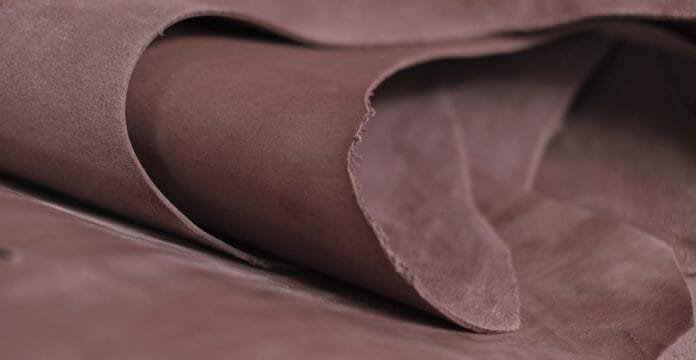Top grain buffalo leather is one of the best options for leather goods. It blends strength, a well-polished look, and a singular feel perfectly. It has a look of class and elegance with the performance of leather that lasts a long time. Fashion, furniture, and other accessories all utilize it. In this article, we will discuss the details of top grain buffalo leather, including it’s definition, uses, manufacturing process and unarguable reasons it is a sound investment.
What Is Top Grain Buffalo Leather?
Top grain buffalo leather is obtained from the upper most section of a buffalo hide. It is sanded to become the second highest leather grade, just under full grain leather. To retain the buffalos natural strength and sand grain, the top layer undergoes minor sanding to buff it.
Compared to cowhide, buffalo hides are thicker and grain more pronounced. For this reason, it’s sanded form retains a rugged and refined look which increases its versatility. It is a better grade of leather used for more than just aesthetic appeal.
In comparison to other leathers, buffalo leather has a better strength to weight ratio. Its toughness, resilience, and stylish look make it highly desirable for bags, belts, boots, wallets, jackets, and even upholstery.
What is the Process of Making Top Grain Buffalo Leather?
The quality selection of buffalo hides initiates the process. From this point, the hides undergo a splitting process to form layers, with the uppermost layer allocated for top grain leather.
Manufacturers enhance buffing surfaces to remove unfinished leather scarring, bites, or rough scars. The resultant leather undergoes treatment processes including dyeing using tanning, which is usually chrome or vegetable tanning.
Proper handling of the hide is essential for maintaining its structural integrity throughout the processes. The leather emerges as a desirable, soft, flexible, strong, uniform, and well-colored final product. Additionally, a coating to minimize staining or scratching can be applied.
Sand buffing might compromise some character, but the resultant sleek finish is desirable. The leather incredibly uniform, durable, and uncomplicated to handle.
What Are the Advantages of Top Grain Buffalo Leather?
The comparative advantages of different leather varieties top grain buffalo leather makes it the best choice. Natural strength and toughness of the leather is first on the list, and this can be attributed to the buffalo hides fibers being thicker than that of cow hides.Second, it achieves a harmonious blend of beauty and durability. While full grain leather preserved all its flaws, top grain leather is smoother and therefore more visually appealing, especially in high-end products.
Third, it possesses profound leatherworking qualities. With adequate maintenance, this leather increases in value and visually develops a patina over time, which many see as added beauty. This process is preferred by many when compared to a synthetic finish, which tend to have a dull and lifeless appearance.
Lastly, unmatched versatility. Garnishing any closet, top grain buffalo leather is practical and available in stylish briefcases and rugged boots.
Top Grain Buffalo Leather and Its Common Uses
Due to its distinctive qualities and attributes, this leather can be used and applied in outshining materials in different industries.
- Footwear: Buffalo leather is perfect for sturdy boots and leather shoes as it delivers great strength.
- Wallets: Worn as a belt, this item is lightweight, holds its form and maintains a luxurious appearance.
- Jackets: Aside from providing warmth, buffalo leather jackets are rugged stylish and edgy.
- Furniture: Chairs and couches upholstered in this leather are not only stylish but are also resilient and durable.
Products made from the top grain buffalo leather carry a certain sophistication and will last a long time.
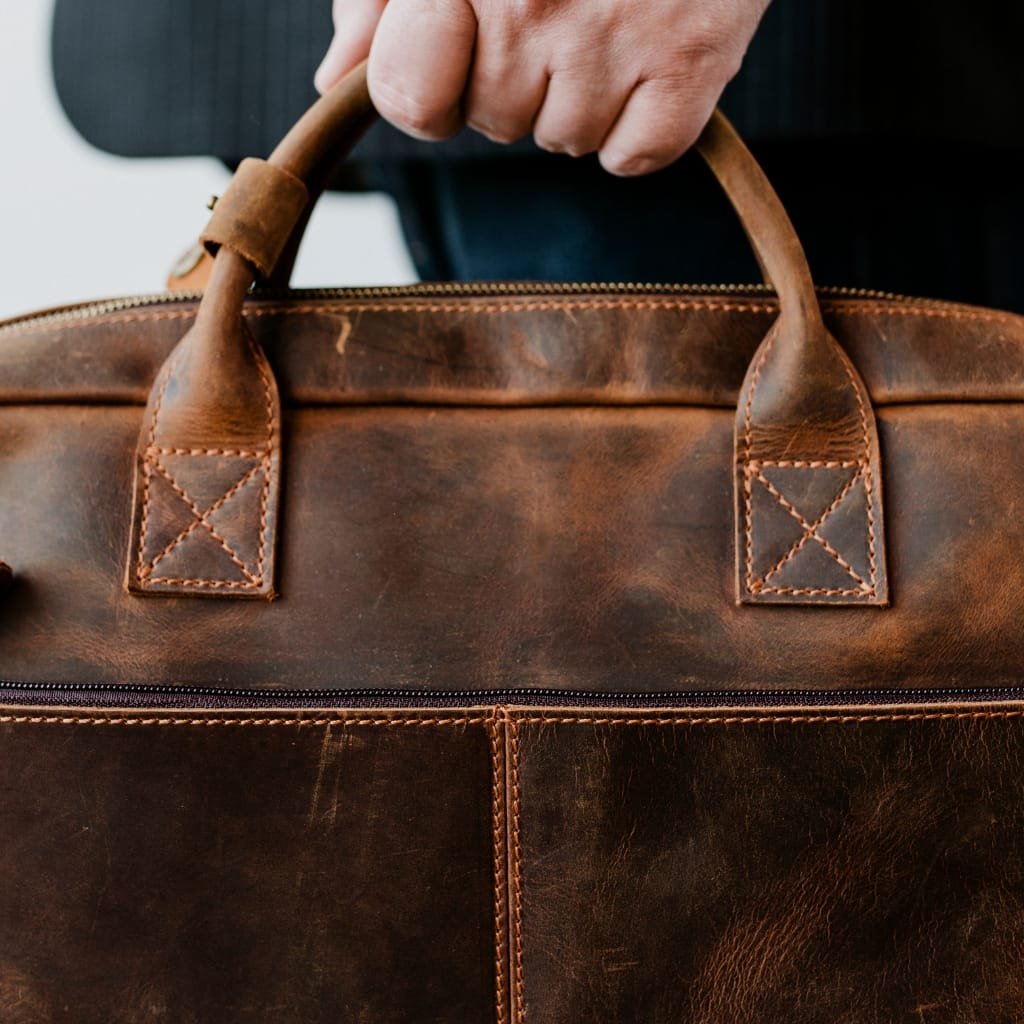
Caring for Top Grain Buffalo Leather
Your leather’s beauty and strength are attributes of careful maintenance. Follow these important leather care guidelines:
- Regular Cleaning: Remove dirt and dust using a soft cloth dampened with water. Leather should not get drenched.
- Conditioning: Apply leather conditioner every 3-6 months to prevent cracking and ensure soft leather.
- Maintain Ideal Environment: Keep leather goods out of scorching heat and damp places to prevent damage to the finish.
- Leather Protector: Use high grade leather sprays for added protection from liquids and stains.
Your leather items will endure for decades with consistent care.
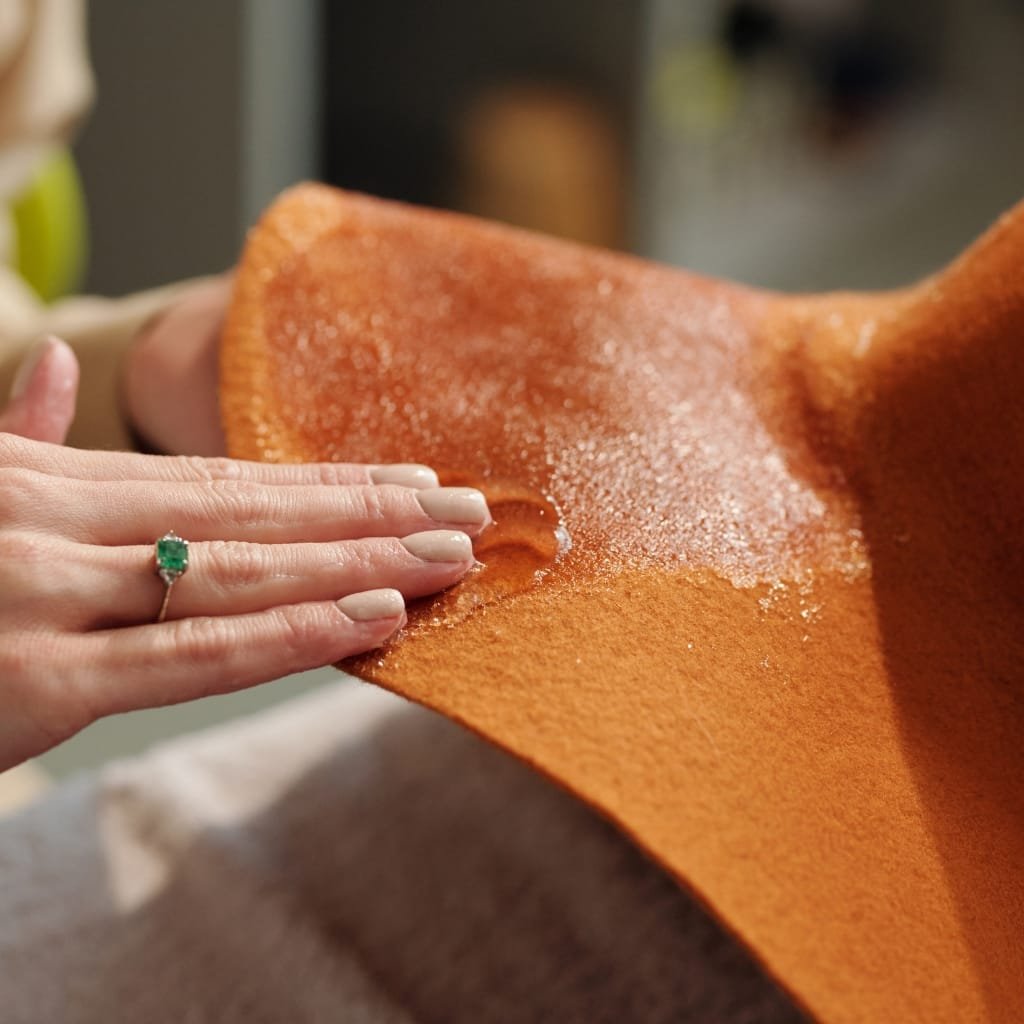
Buffalo vs Cowhide: What’s the Difference?
Buffalo and cowhide are both widely used for leather, but there are buffalo and cowhide leather differences:
- Grain Texture: Leather from buffalo has more noticeable pebbles, while cowhide is more polished and smooth.
- Fiber Density: Buffalo leather has a more loose fibrous structure which also adds to the thickness and flexibility.
- Durability: While both leathers are strong, buffalo leather is tough and more resilient.
- Appearance: The texture of buffalo leather has a more rugged look than cowhide, which has a more polished finish.
For rugged appeal, topside grain buffalo leather leads the pack. It all comes down to your style preferences and the intended purpose.
The Top Grain Buffalo Leather’s Environmental Impact
Sustainability has become a focal concern within the leather industry. Most tanneries nowadays employ green methods to treat buffalo hides.
A good example is vegetable tanning, which utilizes tannins obtainable from plants, trees, and bark as a source of natural tannins. This approach lowers the amount of chemicals produced during the tanning process and produces leather that is compostable. Also, buffaloes are not raised solely for the hides. Rather, their leather is a byproduct of the meat industry.
Therefore, top grain buffalo leather, when sourced responsibly, can contribute to a sustainable fashion ecosystem.
Some brands place an emphasis on traceability, which guarantees that every step of the process adheres to ethical standards.
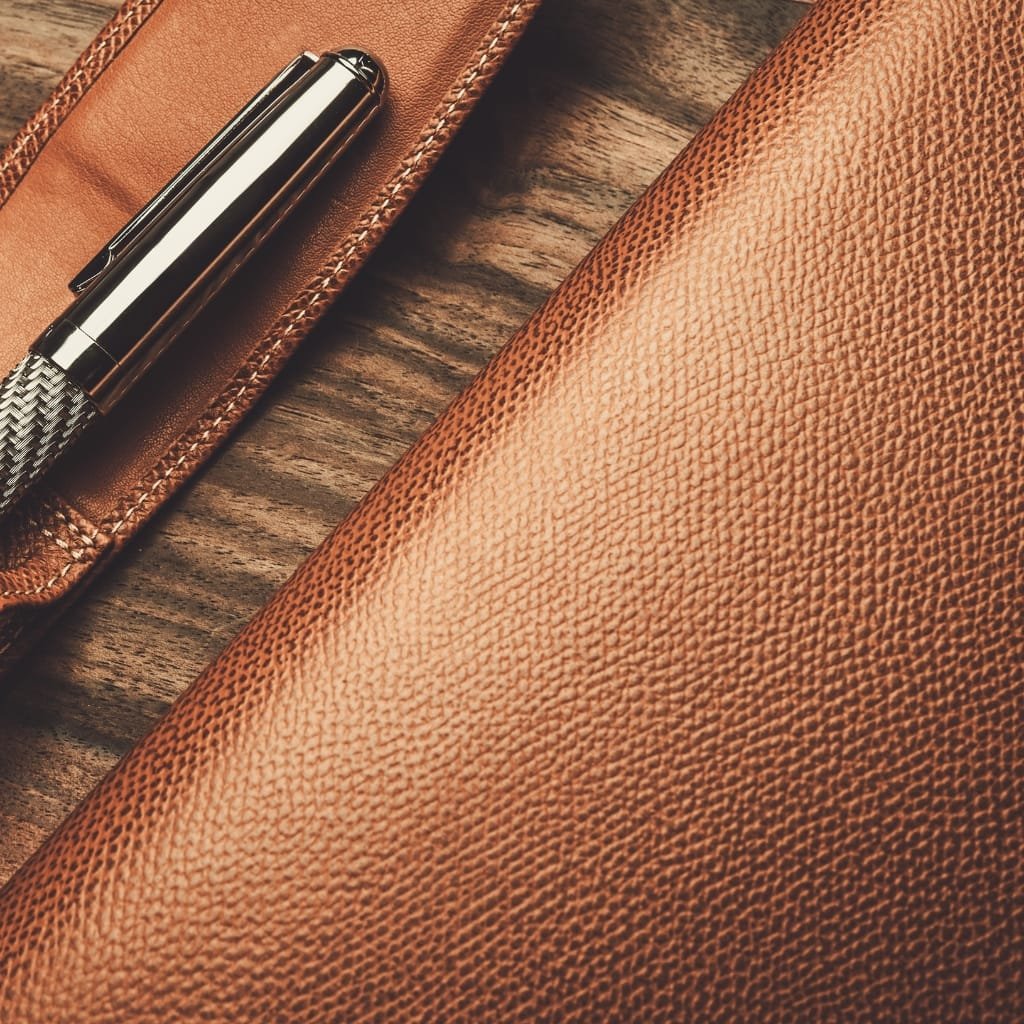
The Top Grain Buffalo Leather and its Worth
If you are on the lookout for leather that is a good blend of performance and elegance, then the material certainly does not disappoint.
It offers:
- Long-term enduring strength
- High aesthetic value
- Comfortable flexibility
- Distinct and natural tactile appeal
- Exceptional value relative to cost over time
It is certainly an investment as it is functional, and stylish because it withstands daily use and develops a captivating patina over time.
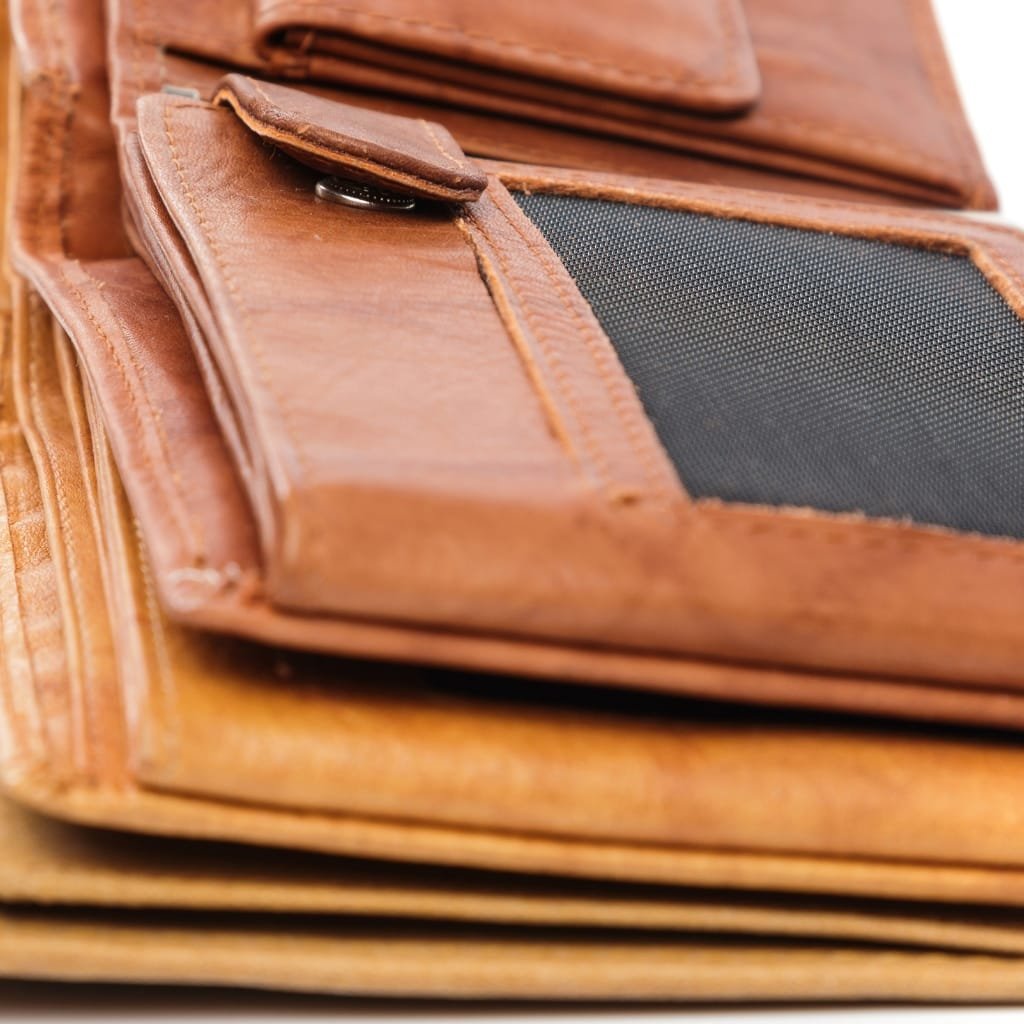
Conclusion
Top grain buffalo leather is fast becoming a popular choice and for good reason—it’s the perfect fusion of the raw strength of buffalo hide blended with a sleek, polished finish. If it is a jacket, a belt, a bag, or even a couch, one can always count on enduring value, deep character, and unparalleled sophistication from one premium material.
With proper care and knowledge regarding its maintenance, top grain buffalo leather can be enjoyed for years, making it a preferred choice for leather goods. The next time you shop for leather, remember top grain buffalo leather offers rugged durability and timeless elegance.
FAQs
1. What is top grain buffalo leather?
Top grain buffalo leather is the upper layer of a buffalo hide that has been sanded and treated to remove imperfections, making it both durable and smooth. It retains the natural grain for a refined look while offering strength and longevity.
2. How is buffalo leather different from cowhide leather?
Buffalo leather is generally thicker and more rugged than cowhide leather. It has a more pronounced grain pattern and is naturally more resistant to wear and tear, making it ideal for heavy-duty use while still looking elegant.
3. Is top grain buffalo leather real leather?
Yes, top grain buffalo leather is 100% real leather. It comes from the top layer of the hide, which is the strongest and most valuable part of the skin.

